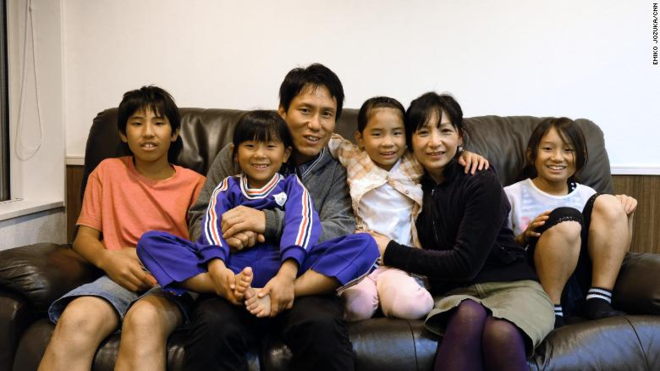A town in Japan pays more than 84 million VND to people to have children
Families in the town of Nagi, Japan receive 100,000 yen for their first child, 150,000 yen for their second child, and 400,000 yen for their fifth child.
Nagi has increased financial subsidies and offers perks to help families have children since 2004 to boost the town's birth rate and address Japan's aging population. The perks include free vaccinations, housing and school subsidies, and reduced childcare costs, according toCNN.
In addition, the town will pay couples when they have children. They receive 100,000 yen (over 21 million VND) for their first child, 150,000 yen (nearly 31.5 million VND) for their second child and 400,000 yen (over 84 million VND) for their fifth baby.
The policy has clearly paid off, with most couples having three or more children because it is what they want and can afford, making Nagi a stark contrast to the rest of Japan.
 |
| It is not surprising that families in Nagi town have between three and five children. Photo: CNN |
Between 2005 and 2014, the town's fertility rate, which is the average number of children a woman has in her lifetime, doubled from 1.4 to 2.8 percent. The result was widely welcomed in the country. Since then, Nagi's total fertility rate has fallen slightly to 2.4 percent, but is still higher than the national average of 1.46 percent.
The town allocates a large portion of its budget to family services. In the past, officials also accepted low salaries to save money for the town's future.
“In Nagi, we really focused on creating a family-friendly environment,” said Nobue Sasaki, a town official with a population of about 6,000. “It feels like a different world from big cities, with streets that are not crowded and noisy, making it a good place to raise children.”
According to Japanese government figures, the total population of this country is 127 million people. Of these, children account for 12.3% compared to 18.9% in the US, 16.8% in China and 30.8% in India. By 2065, Japan's population is expected to decline to about 88 million.


